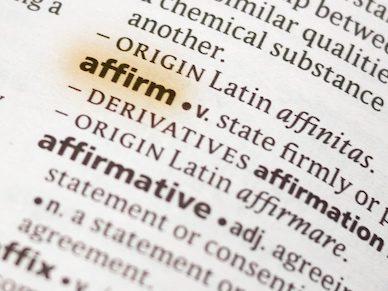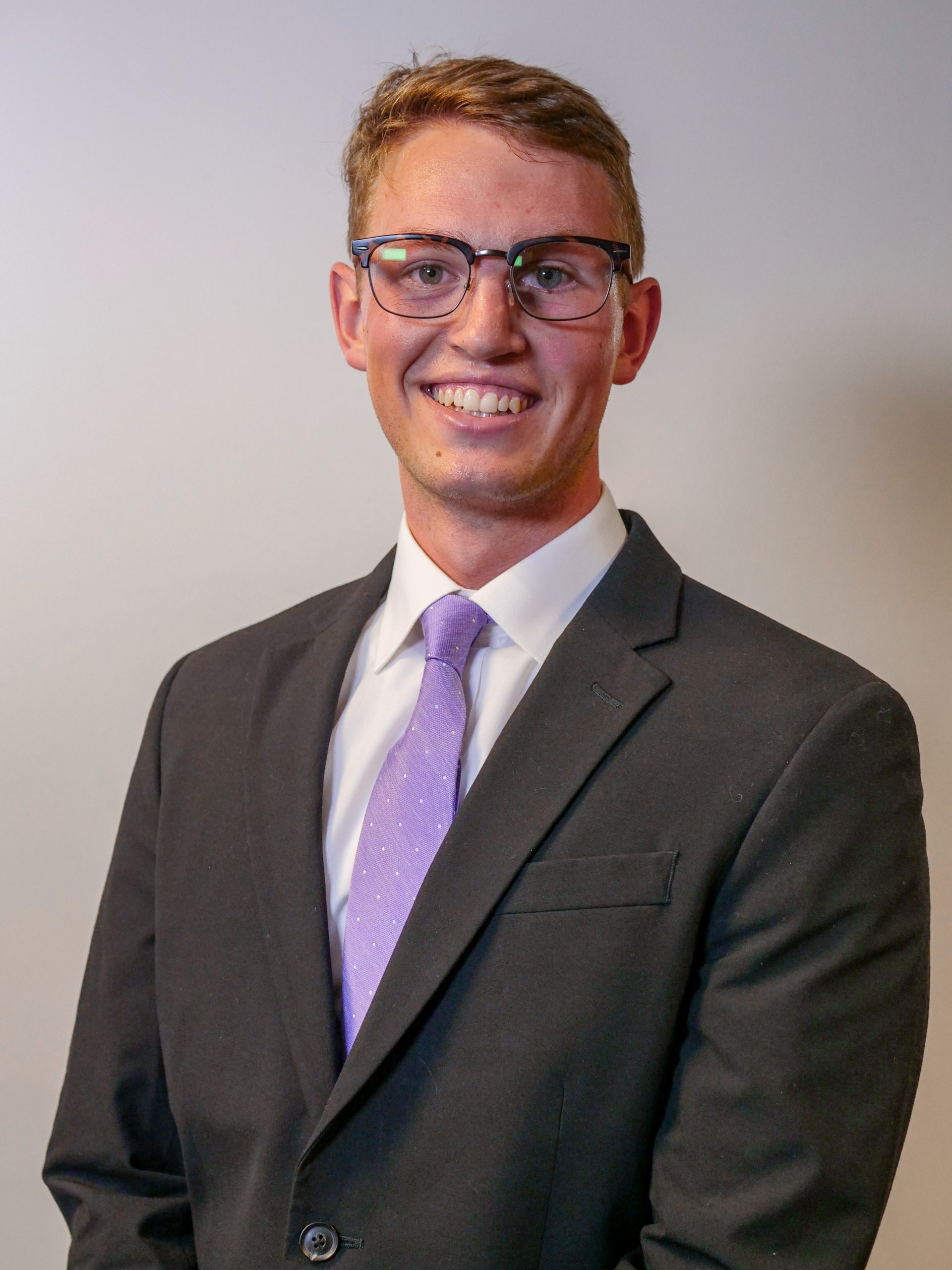“Given all the circumstances, the CAFC did not ‘see a basis for disturbing the district court’s assessment that there was an insufficient likelihood that the improper opening remarks had an adverse impact on the ultimate verdict to justify a new trial in this case.’”
 Yesterday, the U.S. Court of appeals for the Federal Circuit (CAFC) affirmed a ruling by the U.S. District Court for the District of Delaware, where a jury found Oxford Nanopore Technologies, Inc. and Oxford Nanopore Technologies, Ltd. (collectively, Oxford) infringed all claims of Pacific Biosciences of California, Inc.’s (PacBio) U.S. Patent Nos. 9,546,400 (the ‘400 patent) and 9,772,323 (the ‘323 patent), but also found the patents invalid for lack of enablement under 35 U.S.C. §112. The district court denied PacBio’s motion for judgment as a matter of law (JMOL) and denied their request for a new trial due to Oxford’s alleged improper remarks made during opening, related to the COVID-19 crisis.
Yesterday, the U.S. Court of appeals for the Federal Circuit (CAFC) affirmed a ruling by the U.S. District Court for the District of Delaware, where a jury found Oxford Nanopore Technologies, Inc. and Oxford Nanopore Technologies, Ltd. (collectively, Oxford) infringed all claims of Pacific Biosciences of California, Inc.’s (PacBio) U.S. Patent Nos. 9,546,400 (the ‘400 patent) and 9,772,323 (the ‘323 patent), but also found the patents invalid for lack of enablement under 35 U.S.C. §112. The district court denied PacBio’s motion for judgment as a matter of law (JMOL) and denied their request for a new trial due to Oxford’s alleged improper remarks made during opening, related to the COVID-19 crisis.
PacBio Patents: Nucleic Acid Sequencing
The ‘400 and ‘323 patents, which describe methods for sequencing nucleic acid, such as DNA, share a specification, and will generally be cited together under the ‘400 patent. The methods use a nanopore substrate described as: nucleic acids are drawn through nanometer-sized holes formed in a substrate, and while they transit the holes, their sequences of nucleotides are identified or characterized based on changes in electric current passing through the substrate. The ‘323 patent issued from a continuation of a continuation of the ‘400 patent application.
The patents explain that the prior art seeks to rapidly determine the nucleotide sequence in order to efficiently sequence the entire genome of an organism. One issue that the applications discussed is that when certain aspects of the current are measured by the prior art, certain “miscall errors” can be created when analyzing individual nucleotides. This issue prevented prior art systems from “achieving single nucleotide resolution.” The patents claim degeneracy in the combination of voltages is responsible for the miscall errors.
Each of the ‘400 and ‘323 patents have a sole independent claim, which are materially similar for the purposes of the appeal. The claims describe a method for sequencing a nucleic acid template by providing a nanopore substrate with a template nucleic acid solution; providing a voltage across the nanopore; measuring the value as a function of time; and comparing the measurement to calibration information.
CAFC Finds No Error in District Court Instruction, Hypocrisy in PacBio’s Actions
After a motion in limine filed by PacBio, the court determined that it would be improper for Oxford to describe PacBio as a nonpracticing entity (NPE) or to otherwise “put before the jury evidence or argument about the potential impact of a verdict in favor of PacBio— such as higher prices or slower medical research—as these issues are not for the jury to decide . . . .”
Trial began on March 9, 2020, just before major pandemic shutdowns occurred. Both parties acknowledged COVID-19 to varying degrees. PacBio mentioned it in passing, while Oxford described it at greater lengths, making remarks that PacBio sought to harm vaccine production by disallowing their products. PacBio objected to Oxford’s opening, mentioning both the reference to previous litigation and the statement that PacBio was attempting to exclude them from the market. The district court affirmed these objections and ordered curative instructions to the jury.
One instruction told the jury that they were not being asked to exclude any Oxford product from the market or stop any research work being performed on Oxford products, they were only asked to award monetary compensation to PacBio. “The jury found all asserted claims of the ’400 and ’323 patents infringed, and also supported by the written description, but also determined that all of the asserted claims are invalid for lack of enablement.” Consequently, the district court entered judgment for Oxford based on the jury verdict on March 31, 2020.
PacBio moved for judgment as a matter of law on the enablement verdict, which the court rejected, finding the record “as a whole” did “contain substantial evidence to support the verdict” of non-enablement.
CAFC Rejects PacBio Argument that Patents are Sufficiently Enabled
On appeal, PacBio argued that the jury’s verdict finding that the ‘400 and ‘323 patents lacked enabling disclosure is unsupported by the evidence, requiring JMOL in its favor, or in the alternate, a new trial based on Oxford’s statements regarding COVID-19.
The CAFC reviewed the district court’s decision on a JMOL motion de novo. The CAFC was required to view the record in the light most favorable to the verdict winner and ask whether a reasonable jury would have a legally sufficient evidentiary basis to find for the party. JMOL may only be granted if the record is critically deficient. In regard to enablement, “[a] claim is not enabled if a relevant artisan would not be able to practice the claimed invention “without undue experimentation,” (Amgen Inc. v. Sanofi) Although PacBio protested, the CAFC said that all elements needed to be enabled, not just some of the “nanopore sequencing” methods.
In arguing for JMOL, PacBio relied on the cross-examination of Oxford’s expert, who admitted that, in view of a piece of prior art, a “relevant artisan” could perform the independent claim of the ‘400 patent, pointing to enablement. The CAFC posited that the jury was not required to give such a broad interpretation to the expert’s admission. The jury likely could have interpreted the admission to mean that a relevant artisan would have been enabled only for the sequencing of synthetic nucleic acids addressed in the prior art, and not biological DNA, as suggested by PacBio. Juries should not take one statement in isolation but instead should view all the expert testimonies as a whole. Multiple expert witnesses testified that the outlined process wasn’t able to sequence biological DNA until two years after the ‘400 application was filed. The CAFC therefore concluded that there was ample evidence in favor of the jury’s finding.
Prejudicial Remarks too Isolated to Have an Impact
The CAFC also reviewed the district court’s decision to deny PacBio’s motion for retrial. PacBio argued a retrial was necessary “based on Oxford’s references to COVID-19 and the possible consequences of an infringement verdict for COVID-19.” But a new trial based on improper remarks is only proper if the appellee made prejudicial remarks and that it is ‘reasonably probable’ that those remarks influenced the jury’s verdict. The CAFC found that the district court did not abuse its discretion in determining that the opening remarks were not sufficiently likely to influence the jury.
The CAFC stated, “PacBio, which presented its opening statement to the jury first, itself mentioned the possible connection between COVID-19 and the technology at issue.” When Oxford presented a more extended mention to COVID-19, PacBio requested a curative instruction based on a previous motion in limine, also claiming the references were too prejudicial. The district court granted the curative instruction and Oxford made no more reference to COVID after the opening.
The district court later reviewed PacBio’s motion for a new trial and determined that with its grant of curative instruction, there was not a high enough likelihood that Oxford’s opening was prejudicial enough to taint the jury’s considerations of the issue.
Given all the circumstances, the CAFC did not “see a basis for disturbing the district court’s assessment that there was an insufficient likelihood that the improper opening remarks had an adverse impact on the ultimate verdict to justify a new trial in this case.” In this case, the CAFC determined that the timing and isolation of the remark was not enough to warrant a new trial, and further that the district court did not abuse its power in denying PacBio’s motion for a new trial on this ground.
The CAFC thus affirmed the district court’s decisions on all counts.
Oxford Nanopore was represented by a team from Baker Botts, while PacBio was represented by Weil Gotshal & Manges.
Image Source: Deposit Photos
Image ID:229492118
Copyright:sharafmaksumov

![[IPWatchdog Logo]](https://ipwatchdog.com/wp-content/themes/IPWatchdog%20-%202023/assets/images/temp/logo-small@2x.png)

![[[Advertisement]]](https://ipwatchdog.com/wp-content/uploads/2024/04/Patent-Litigation-2024-banner-938x313-1.jpeg)
![[Advertisement]](https://ipwatchdog.com/wp-content/uploads/2024/04/Artificial-Intelligence-2024-REPLAY-sidebar-700x500-corrected.jpg)
![[Advertisement]](https://ipwatchdog.com/wp-content/uploads/2024/04/Patent-Litigation-Masters-2024-sidebar-700x500-1.jpg)

![[Advertisement]](https://ipwatchdog.com/wp-content/uploads/2021/12/WEBINAR-336-x-280-px.png)
![[Advertisement]](https://ipwatchdog.com/wp-content/uploads/2021/12/2021-Patent-Practice-on-Demand-recorded-Feb-2021-336-x-280.jpg)
![[Advertisement]](https://ipwatchdog.com/wp-content/uploads/2021/12/Ad-4-The-Invent-Patent-System™.png)






Join the Discussion
3 comments so far.
Butch Laker
May 19, 2021 08:42 am@Amit Taylor
It was interesting to me that PacBio made reference to COVID19, but when Oxford did the same, it was suddenly improper?
That being said, opening remarks can be huge. They set the stage and lay out the issues for the jury. Oxford’s opening remarks could be incredibly influential considering COVID fears were just starting to pick up at that time.
George
May 17, 2021 04:54 pm@Amit Taylor #!
Not sure about opening remarks, but how about closing remarks? Maybe lawyers should provide half their ‘good stuff’ in the very beginning and half of it for the end (or just repeat all the strongest arguments at the end, again). Best to remind people at the end!
“If the glove doesn’t fit – you MUST acquit!”
Amit Tailor
May 13, 2021 12:40 amReally ‘innovative’ argument, I would say, to request for a fresh trial based on an allegedly improper opening remark.
But, I would like to hear from the practitioners – Do opening remarks really have any impact on trial and its outcome? How much, do the judges and jury, are affected or moved or influenced by the opening remarks of the attorneys from either side.